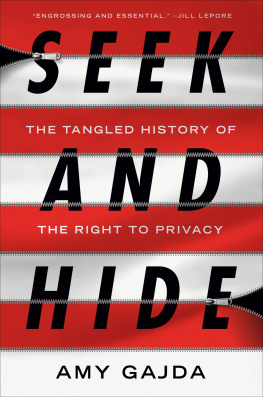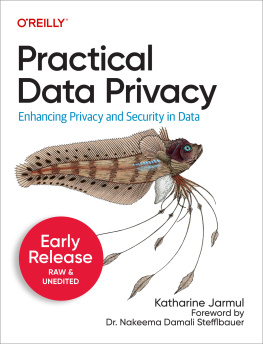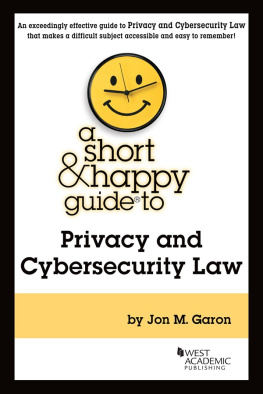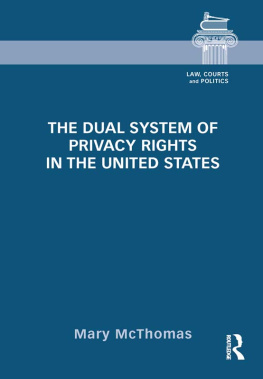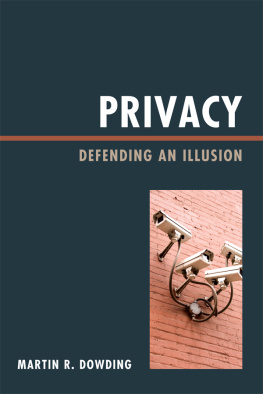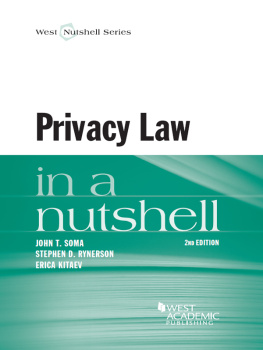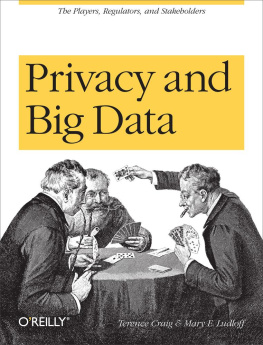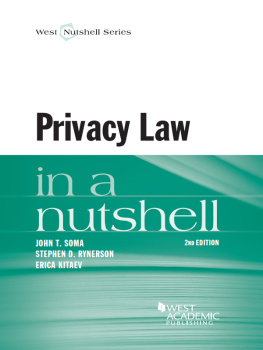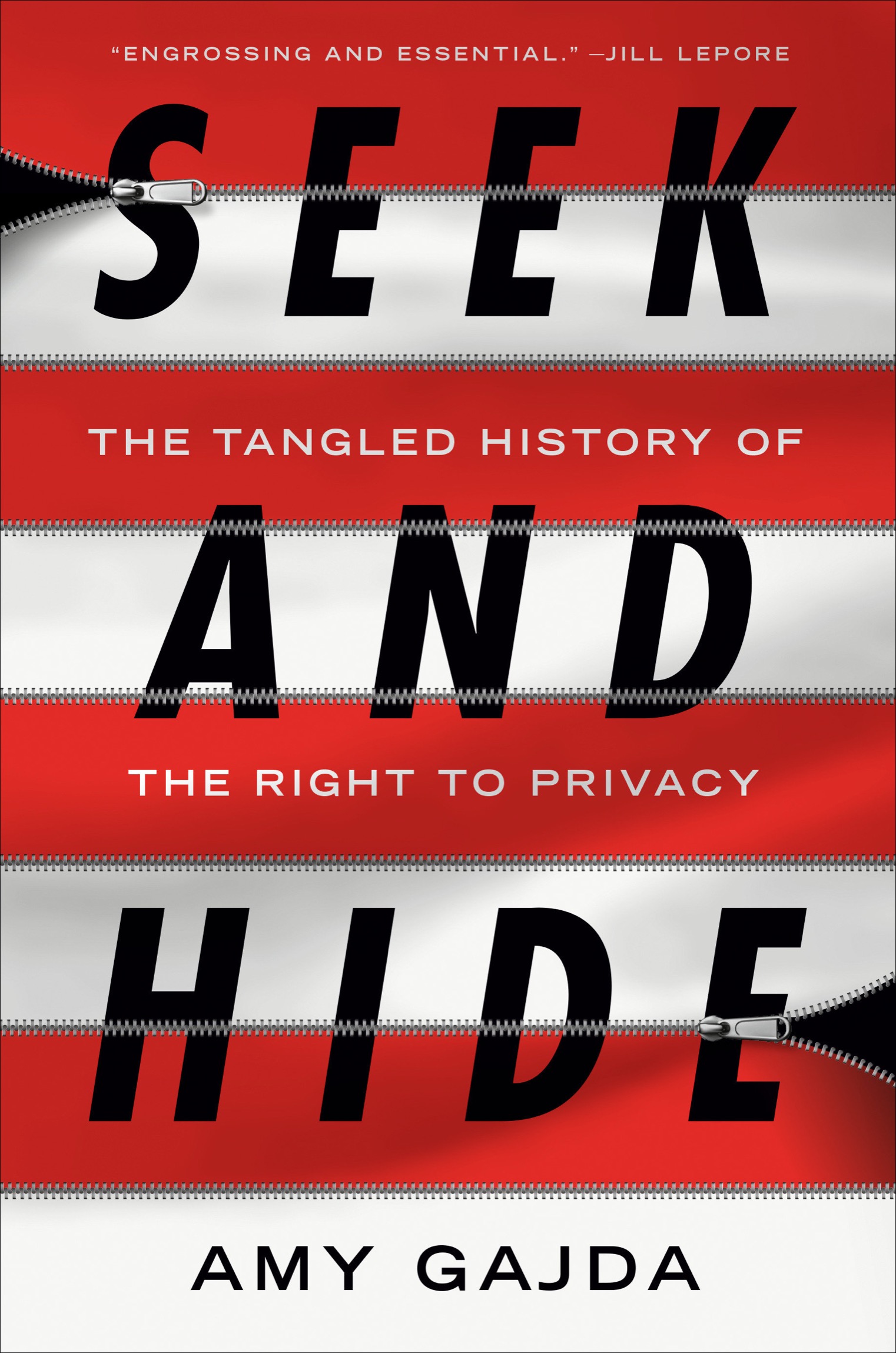Amy Gajda - Seek and Hide: The Tangled History of the Right to Privacy
Here you can read online Amy Gajda - Seek and Hide: The Tangled History of the Right to Privacy full text of the book (entire story) in english for free. Download pdf and epub, get meaning, cover and reviews about this ebook. City: New York, year: 2022, publisher: Viking, genre: History. Description of the work, (preface) as well as reviews are available. Best literature library LitArk.com created for fans of good reading and offers a wide selection of genres:
Romance novel
Science fiction
Adventure
Detective
Science
History
Home and family
Prose
Art
Politics
Computer
Non-fiction
Religion
Business
Children
Humor
Choose a favorite category and find really read worthwhile books. Enjoy immersion in the world of imagination, feel the emotions of the characters or learn something new for yourself, make an fascinating discovery.
Seek and Hide: The Tangled History of the Right to Privacy: summary, description and annotation
We offer to read an annotation, description, summary or preface (depends on what the author of the book "Seek and Hide: The Tangled History of the Right to Privacy" wrote himself). If you haven't found the necessary information about the book — write in the comments, we will try to find it.
Wry and fascinatingGajda is a nimble storyteller [and] an insightful guide to a rich and textured history that gets easily caricatured, especially when a culture war is raging.The New York Times
An urgent book for todays privacy wars, and essential reading on how the courts have--for centuries--often protected privileged mens rights at the cost of everyone elses.
Should everyone have privacy in their personal lives? Can privacy exist in a public place? Is there a right to be left alone even in the United States? You may be startled to realize that the original framers were sensitive to the importance of privacy interests relating to sexuality and intimate life, but mostly just for powerful and privileged (and usually white) men.
The battle between an individuals right to privacy and the publics right to know has been fought for centuries. The founders demanded privacy for all the wrong press-quashing reasons. Supreme Court justice Louis Brandeis famously promoted First Amendment freedoms but argued strongly for privacy too; and presidents from Thomas Jefferson through Donald Trump confidently hid behind privacy despite intense public interest in their lives.
Today privacy seems simultaneously under siege and surging. And thats doubly dangerous, as legal expert Amy Gajda argues. Too little privacy leaves ordinary people vulnerable to those who deal in and publish soul-crushing secrets. Too much means the famous and infamous can cloak themselves in secrecy and dodge accountability. Seek and Hide carries us from the very start, when privacy concepts first entered American law and society, to now, when the law allows a Silicon Valley titan to destroy a media site like Gawker out of spite. Muckraker Upton Sinclair, like Nellie Bly before him, pushed the envelope of privacy and propriety and then became a privacy advocate when journalists used the same techniques against him. By the early 2000s we were on our way to todays full-blown crisis in the digital age, worrying that smartphones, webcams, basement publishers, and the forever internet had erased the right to privacy completely.
Amy Gajda: author's other books
Who wrote Seek and Hide: The Tangled History of the Right to Privacy? Find out the surname, the name of the author of the book and a list of all author's works by series.

